114 490 647 RUB
9 сп
239 м²

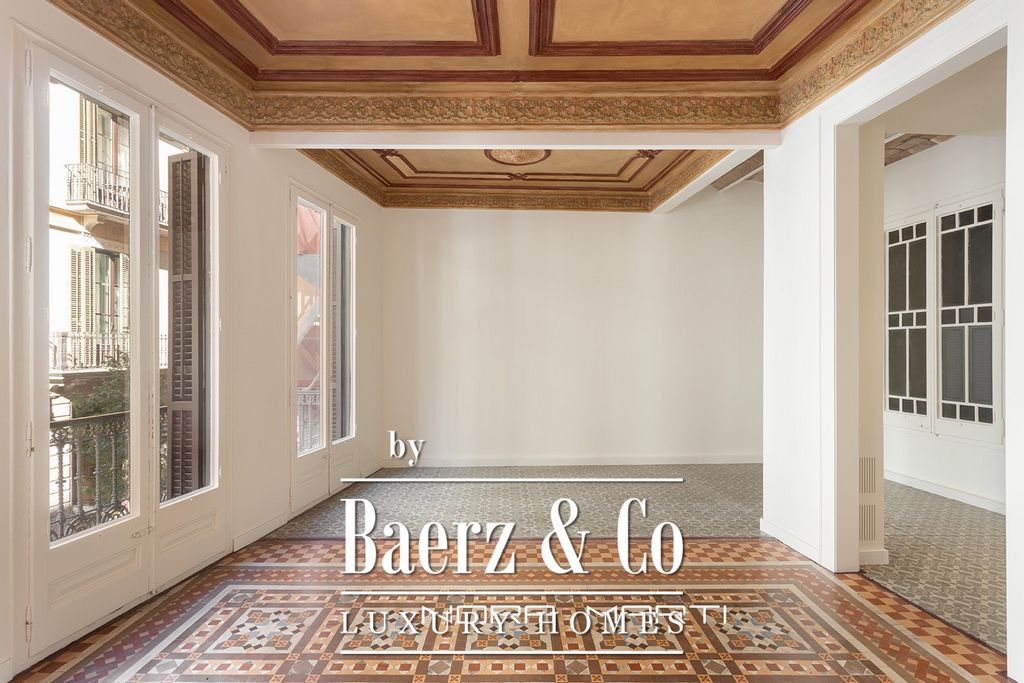
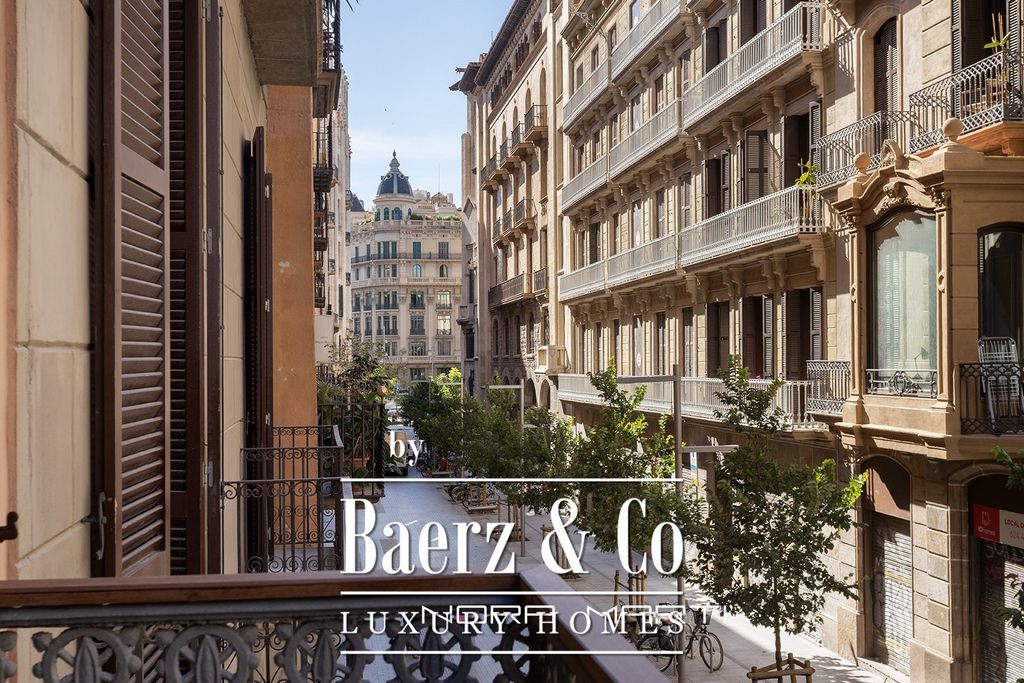
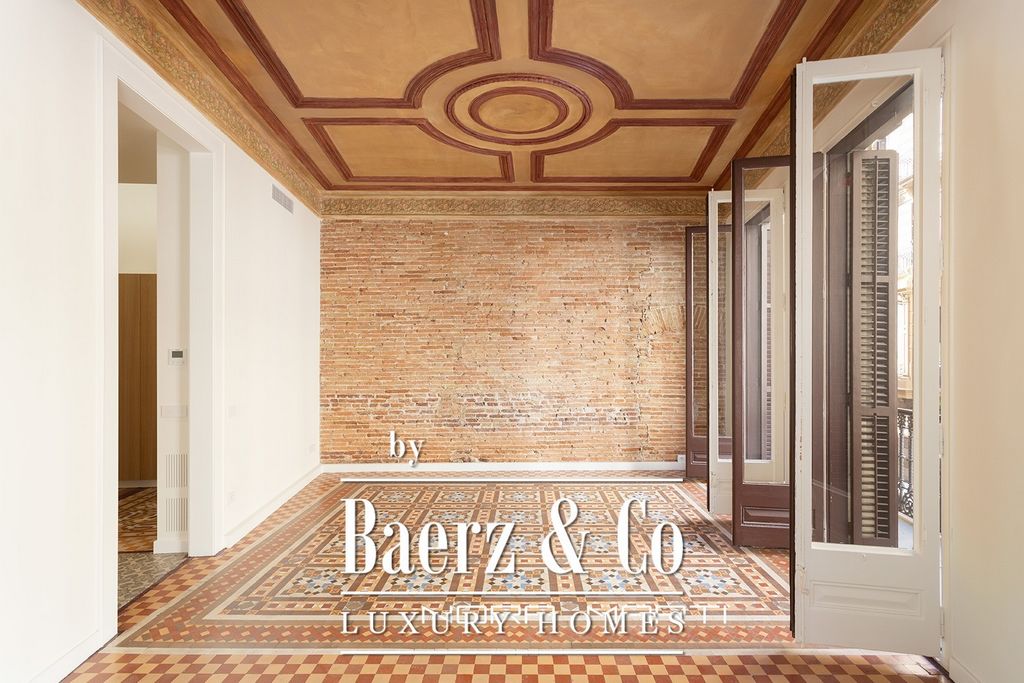

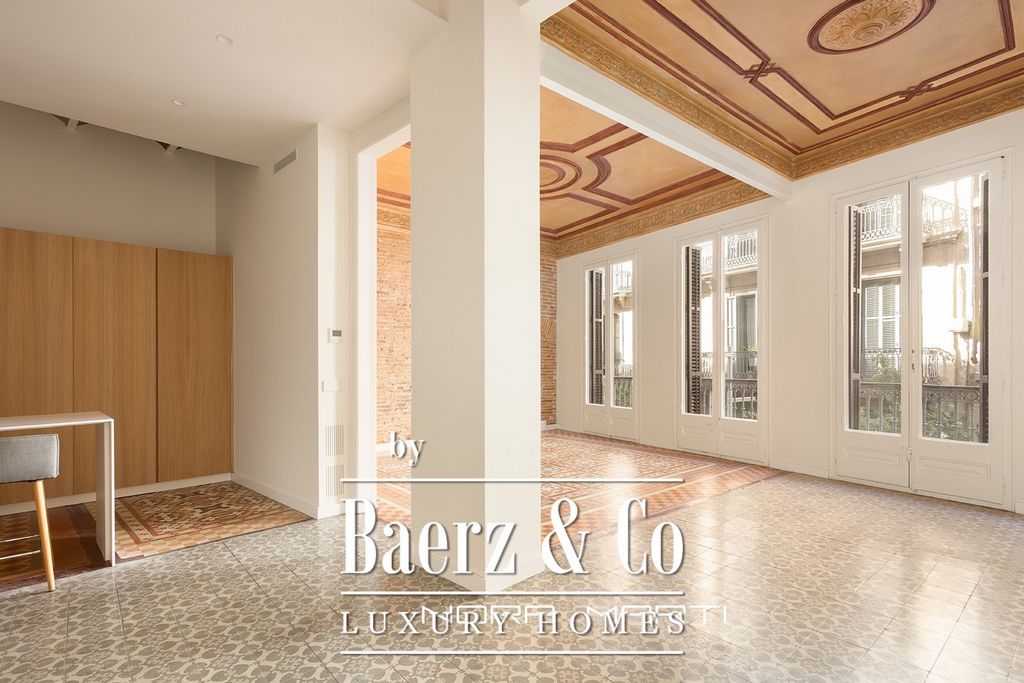
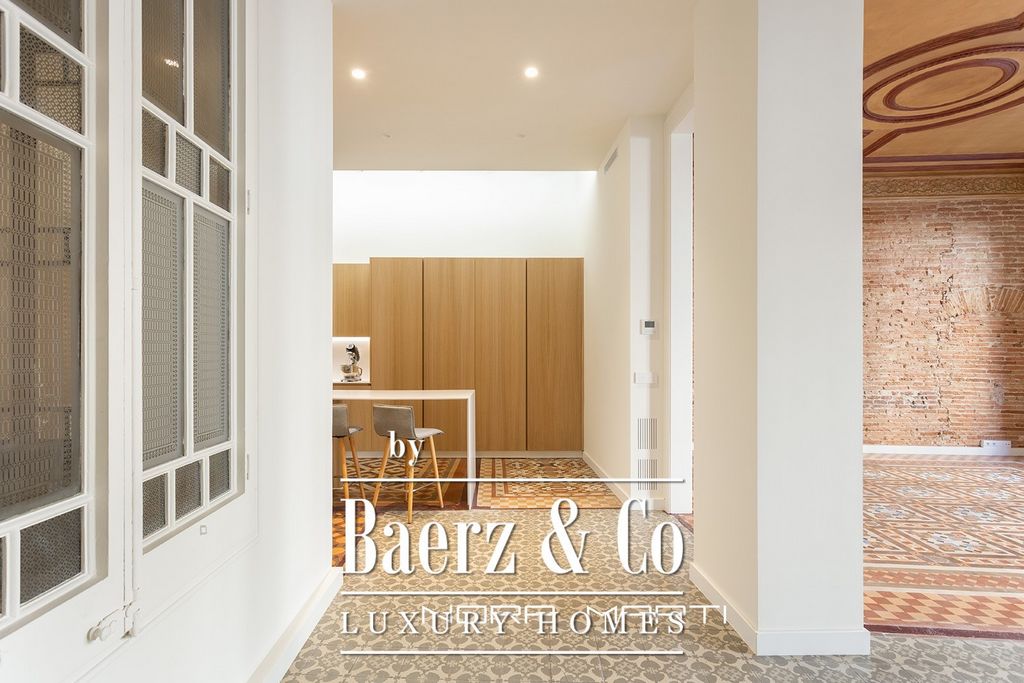
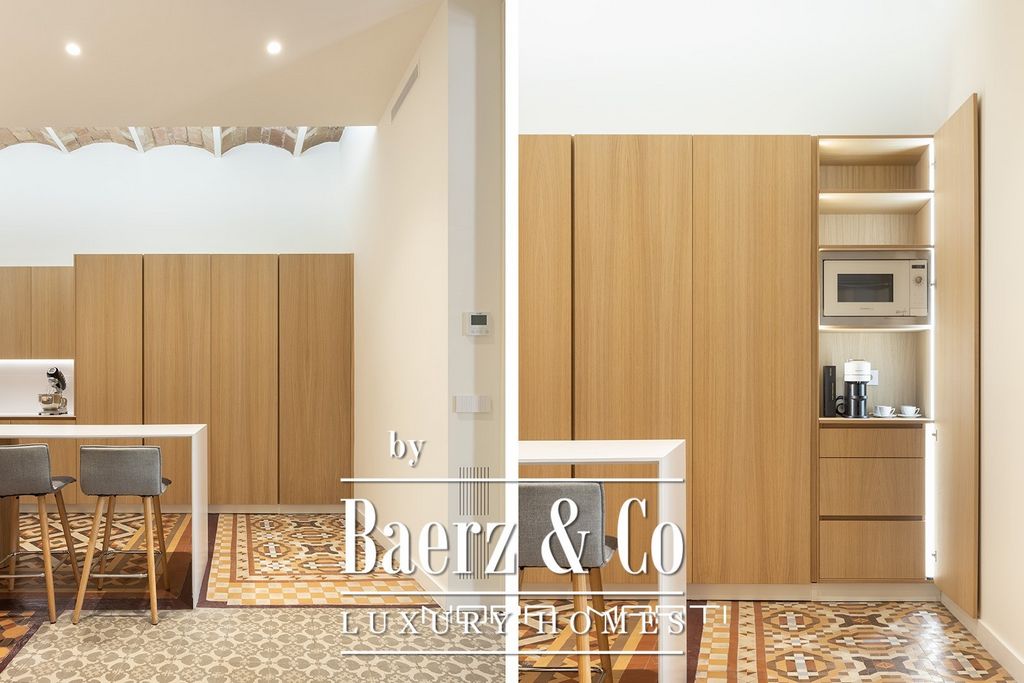
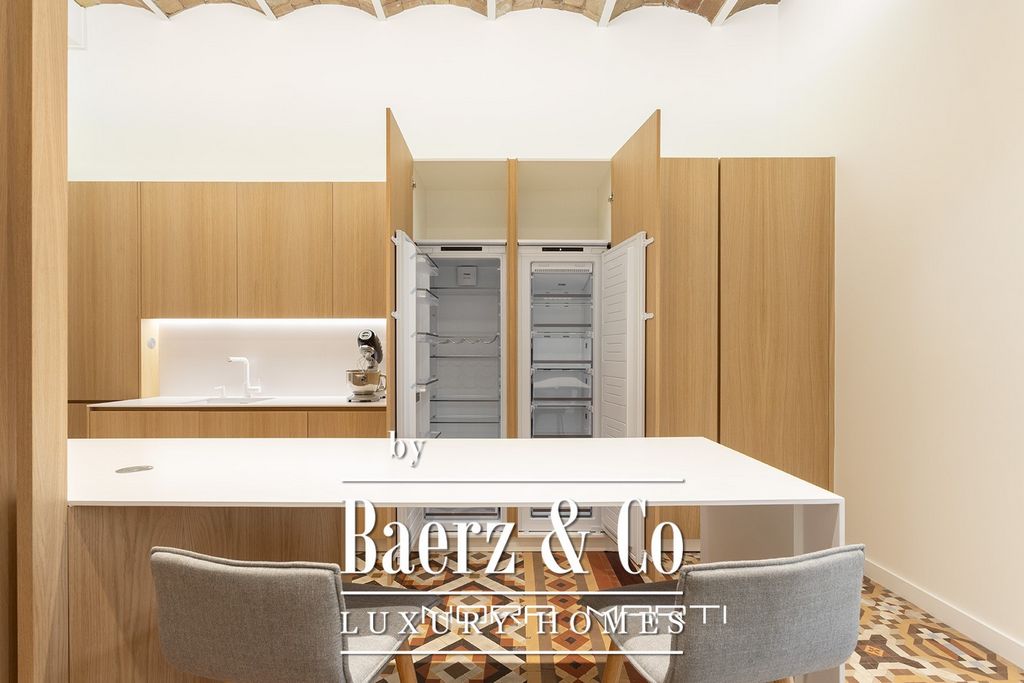
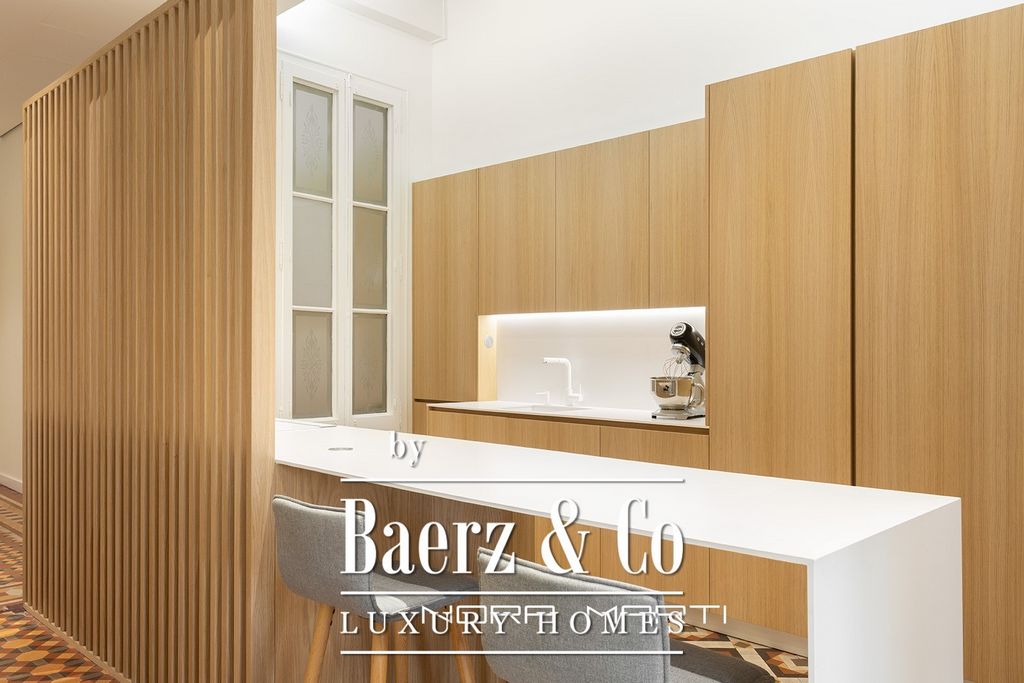
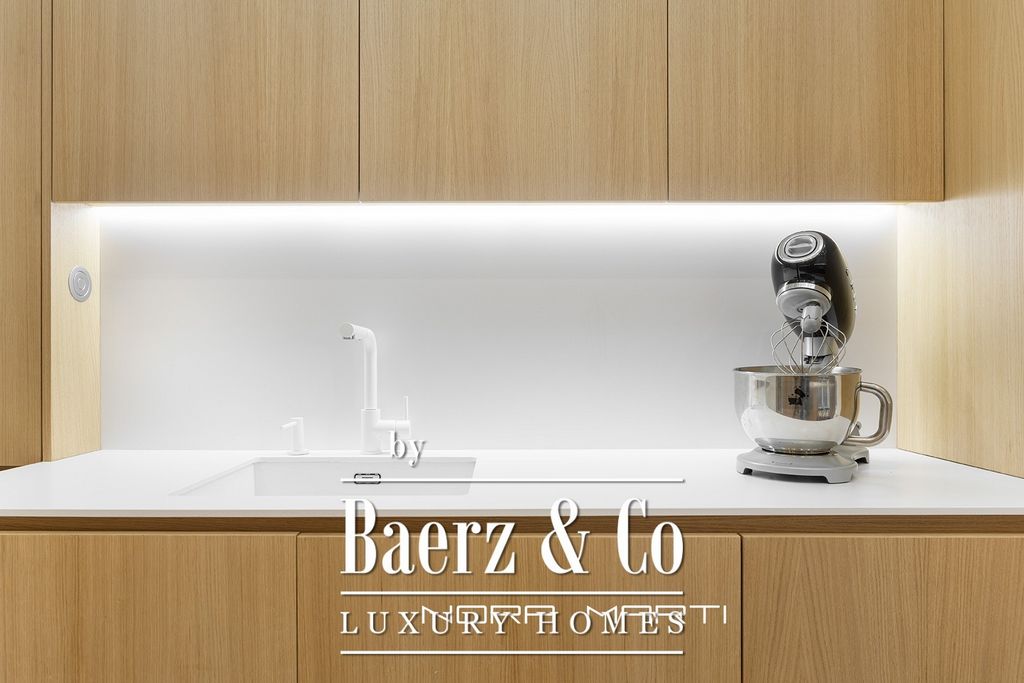

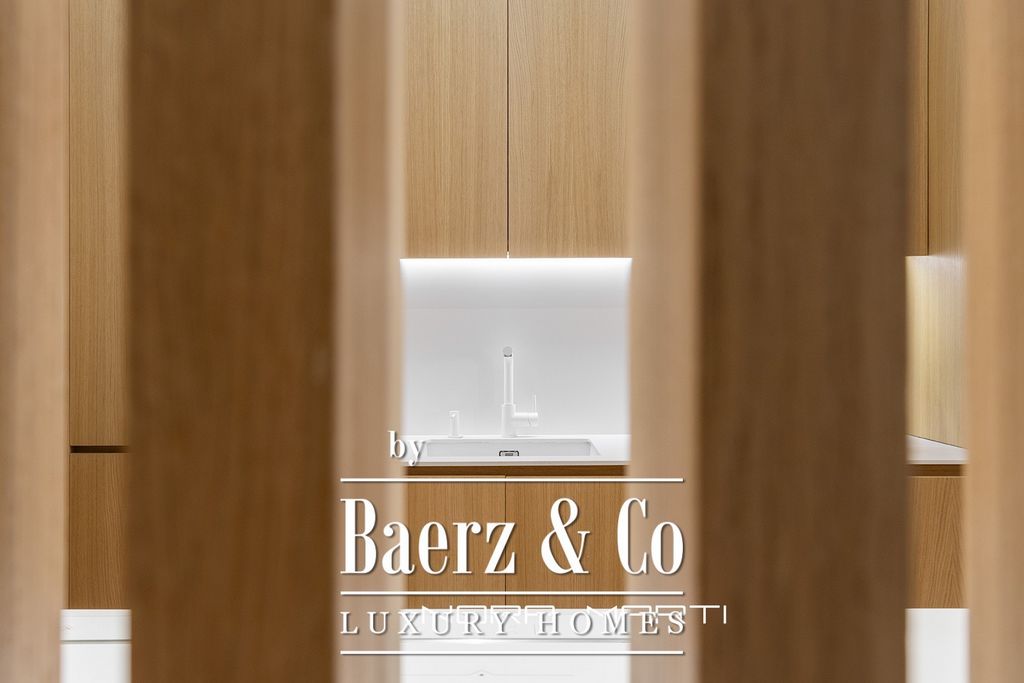
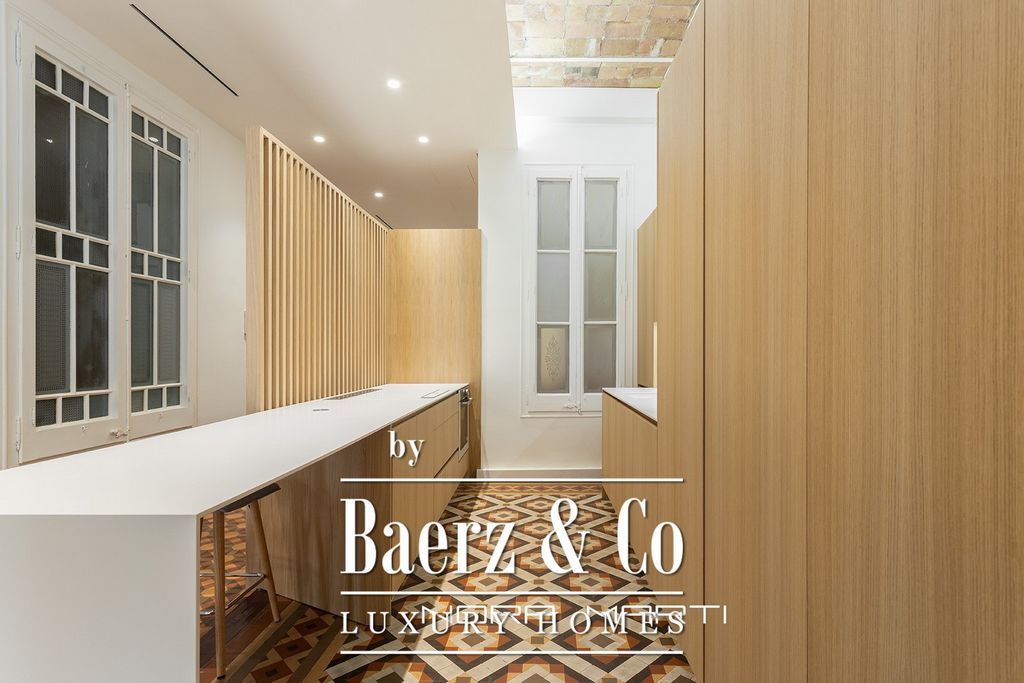
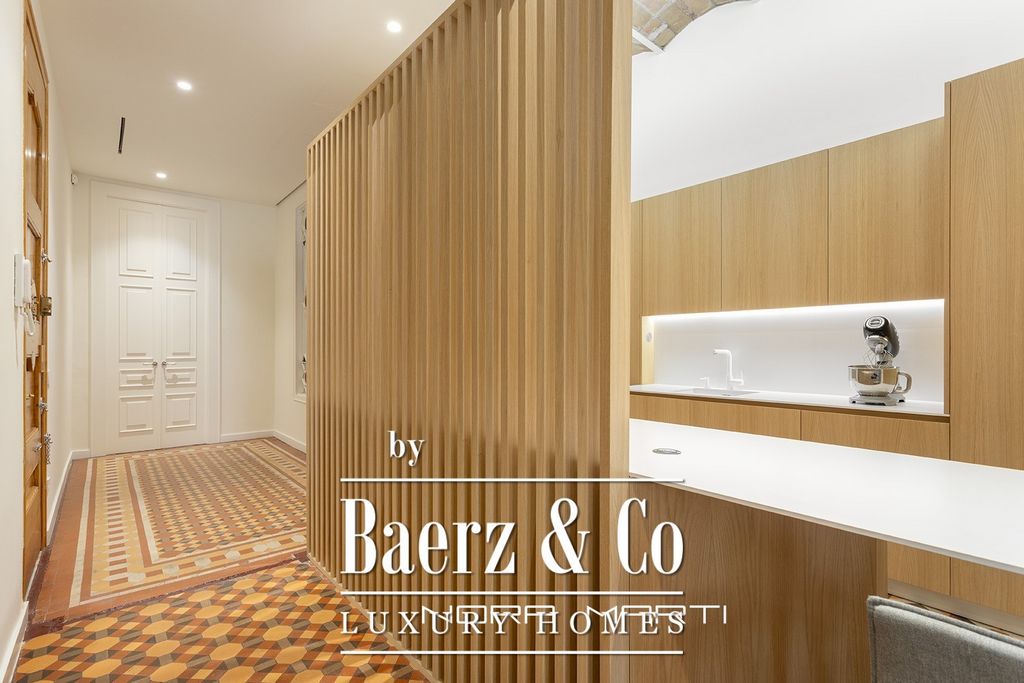
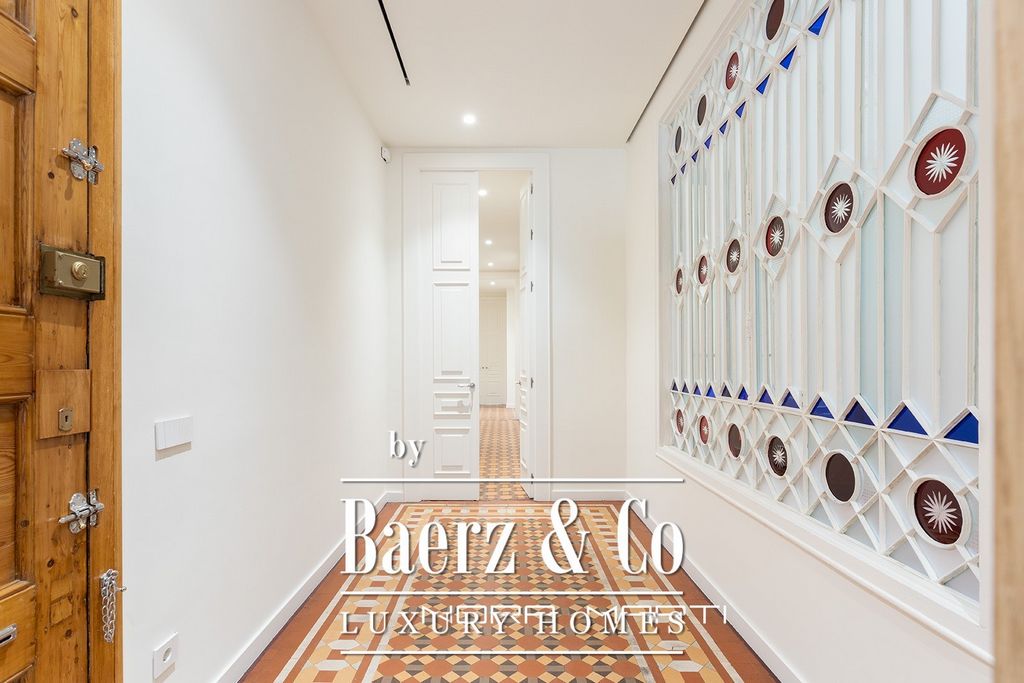
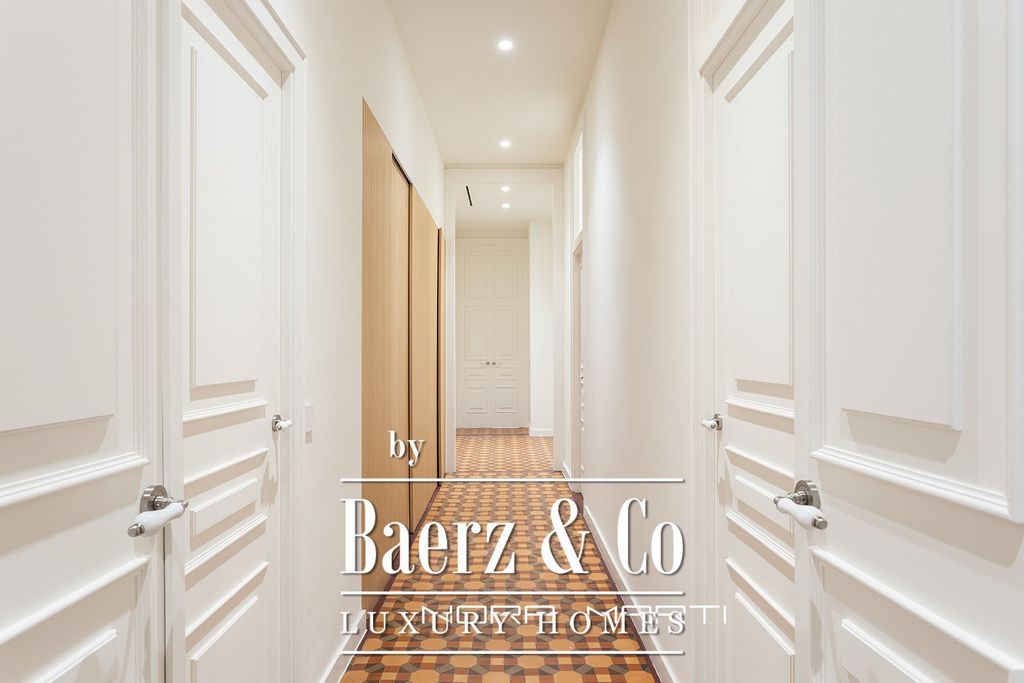
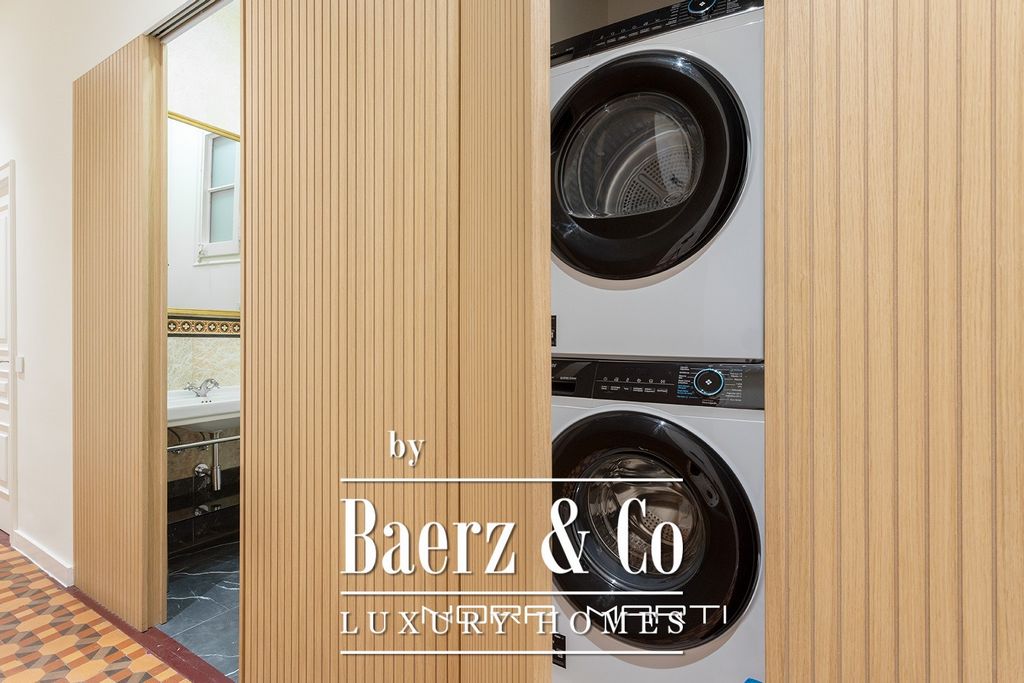
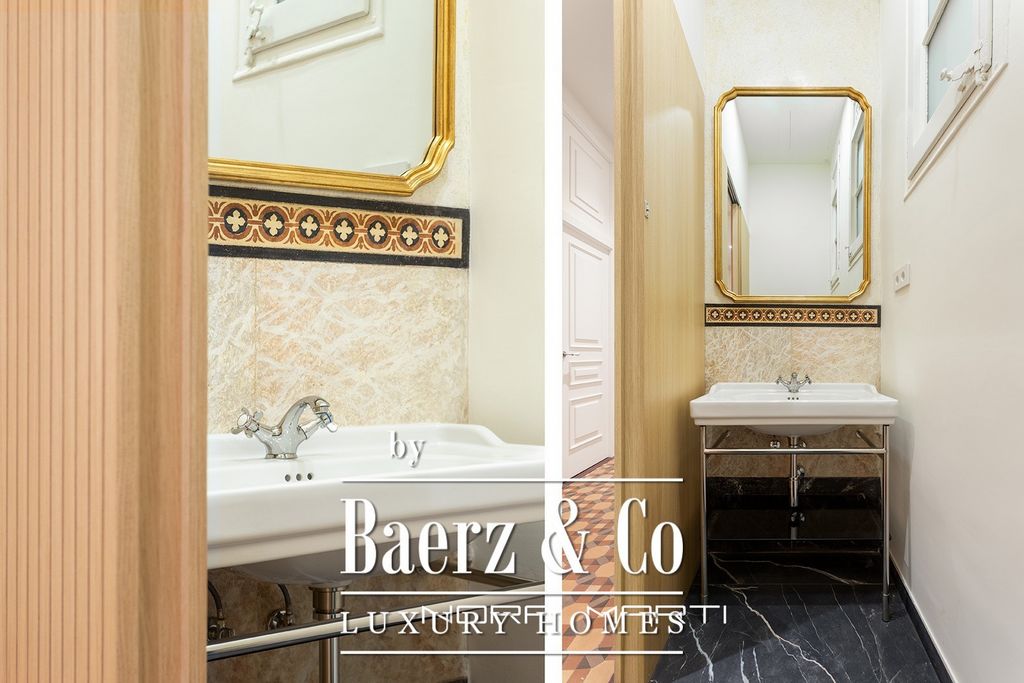
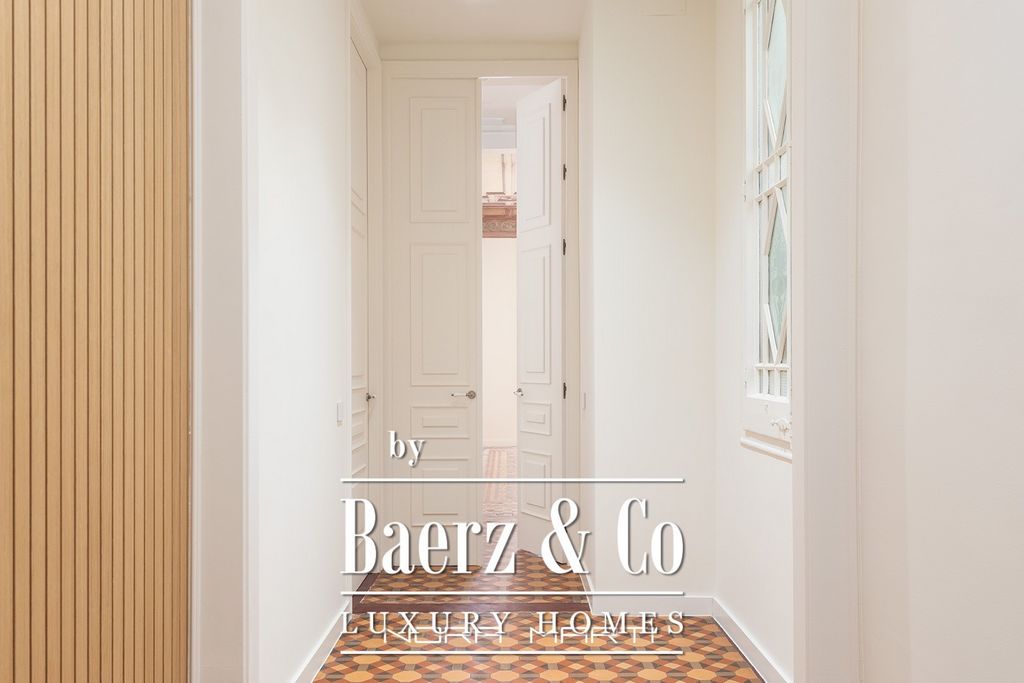
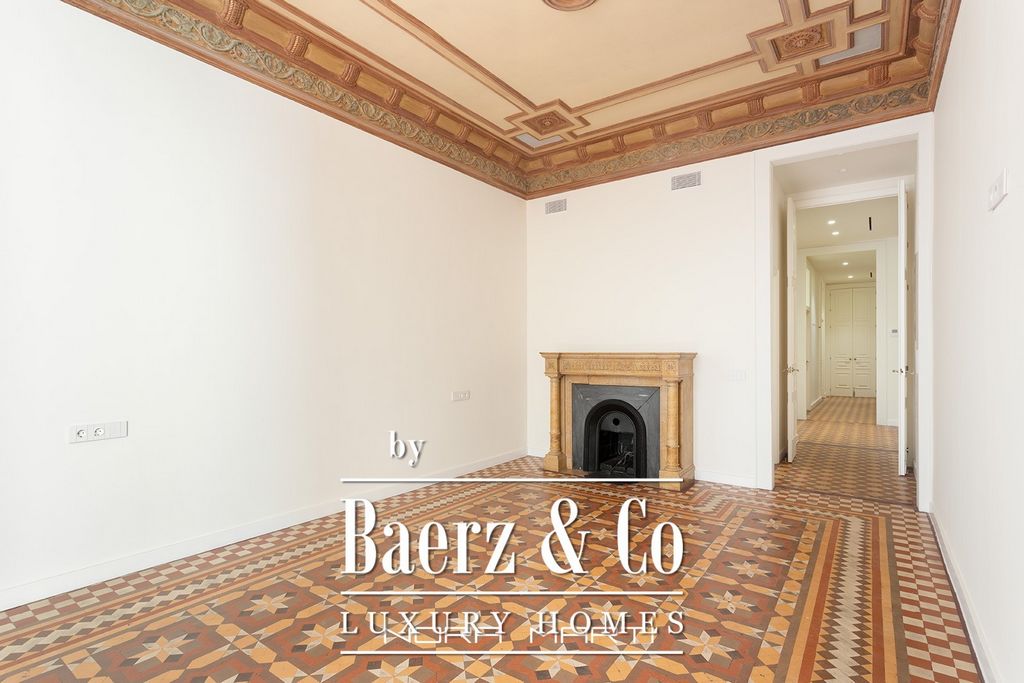

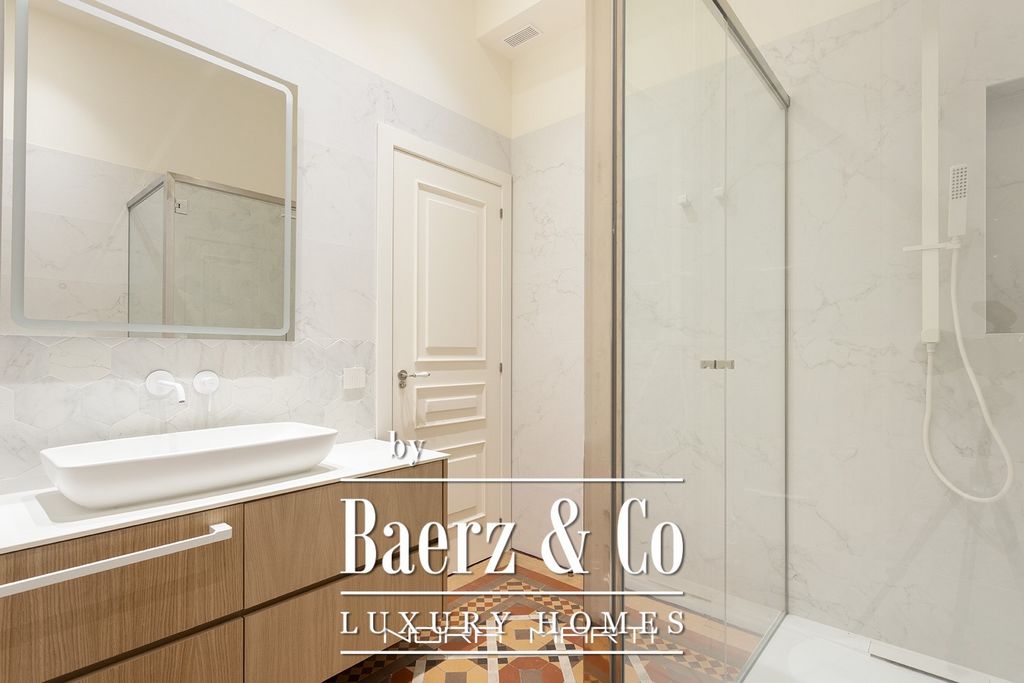
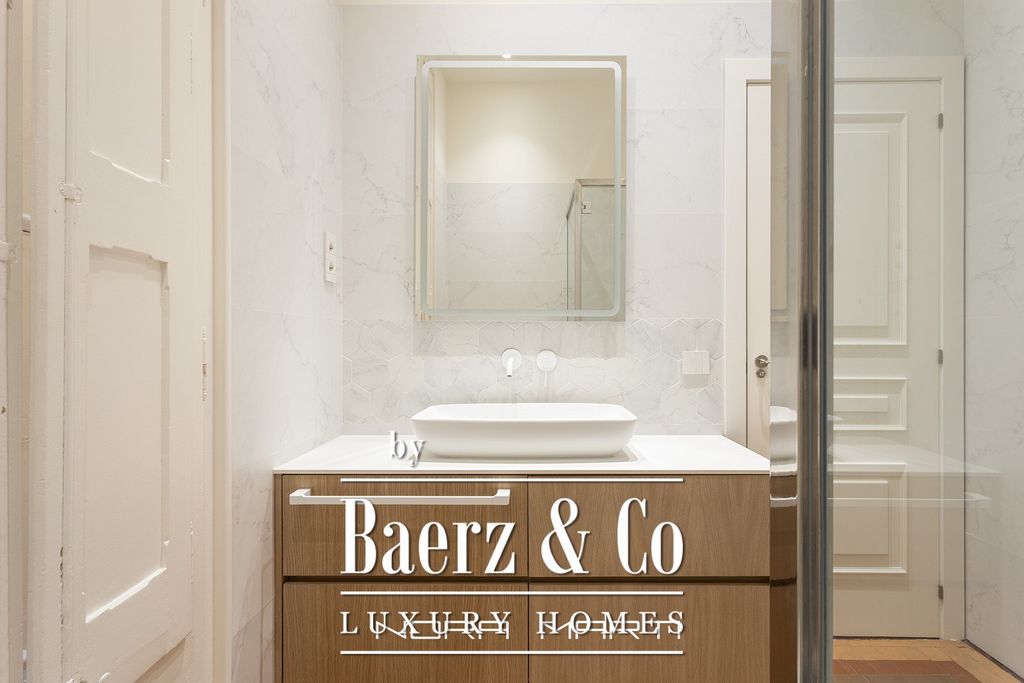




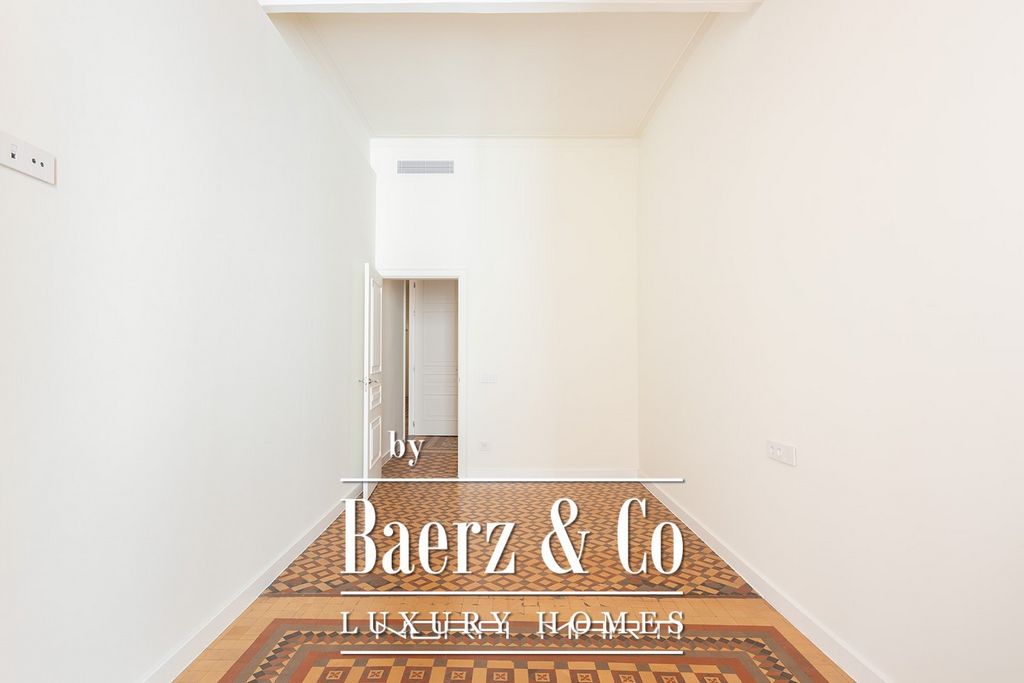
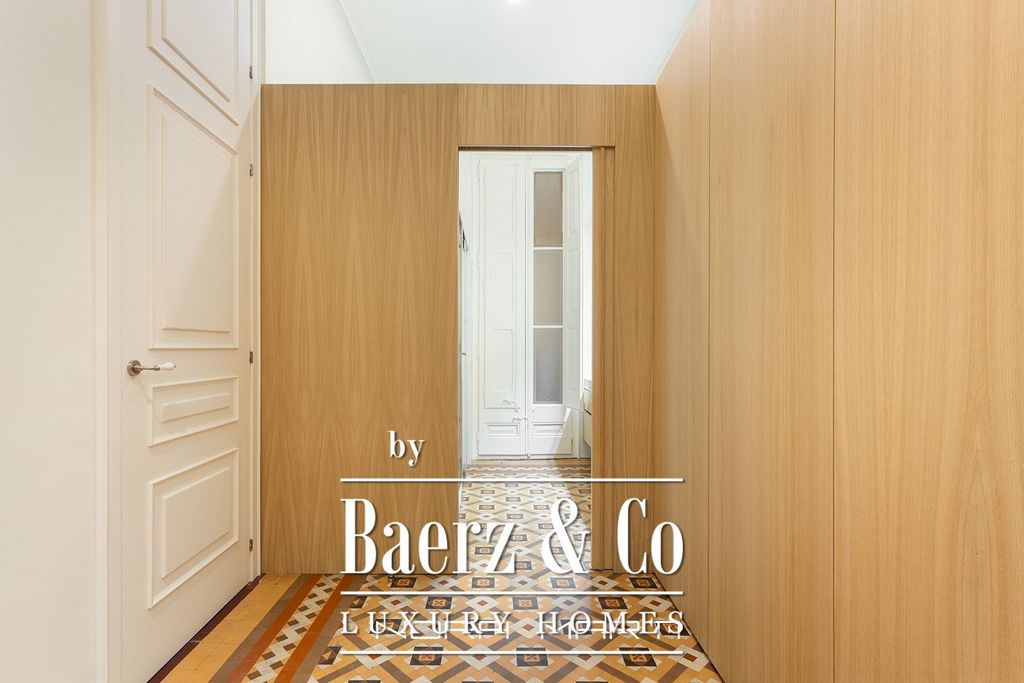

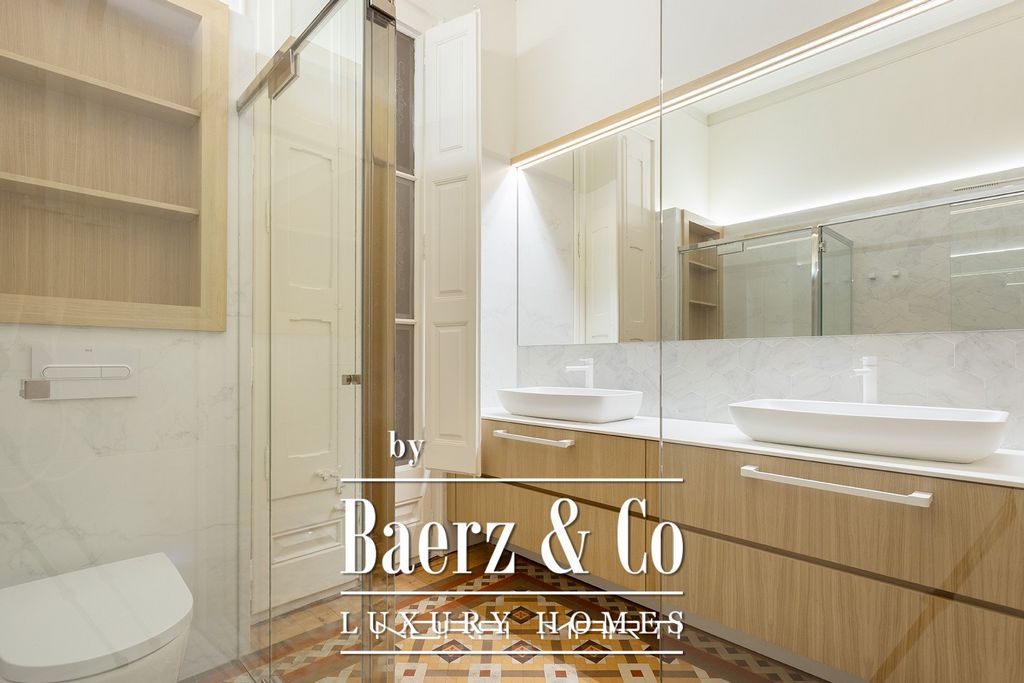

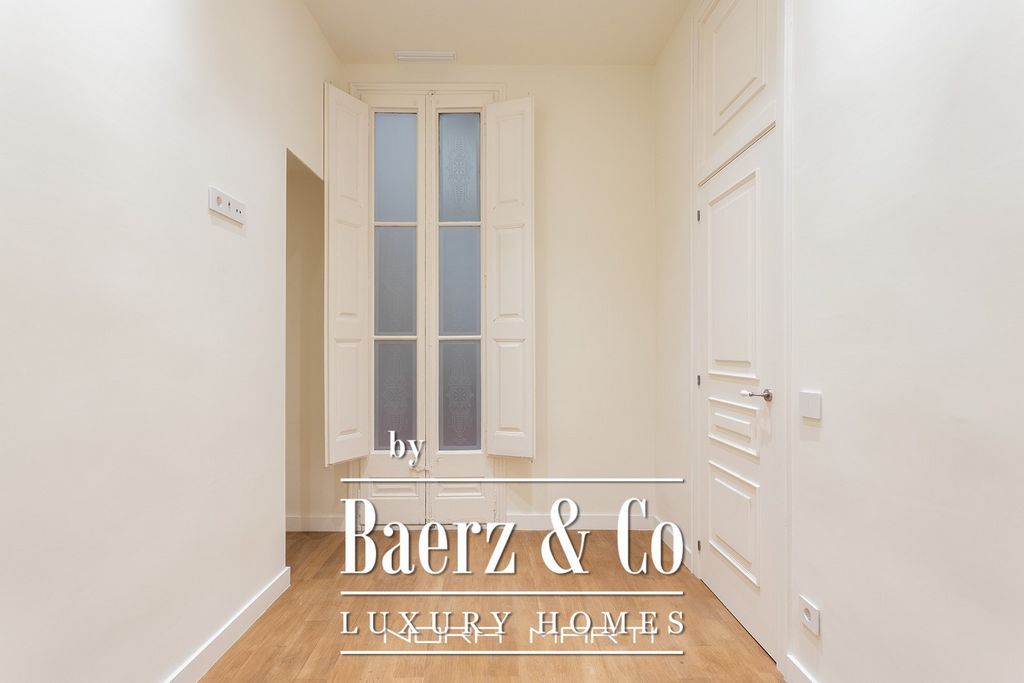


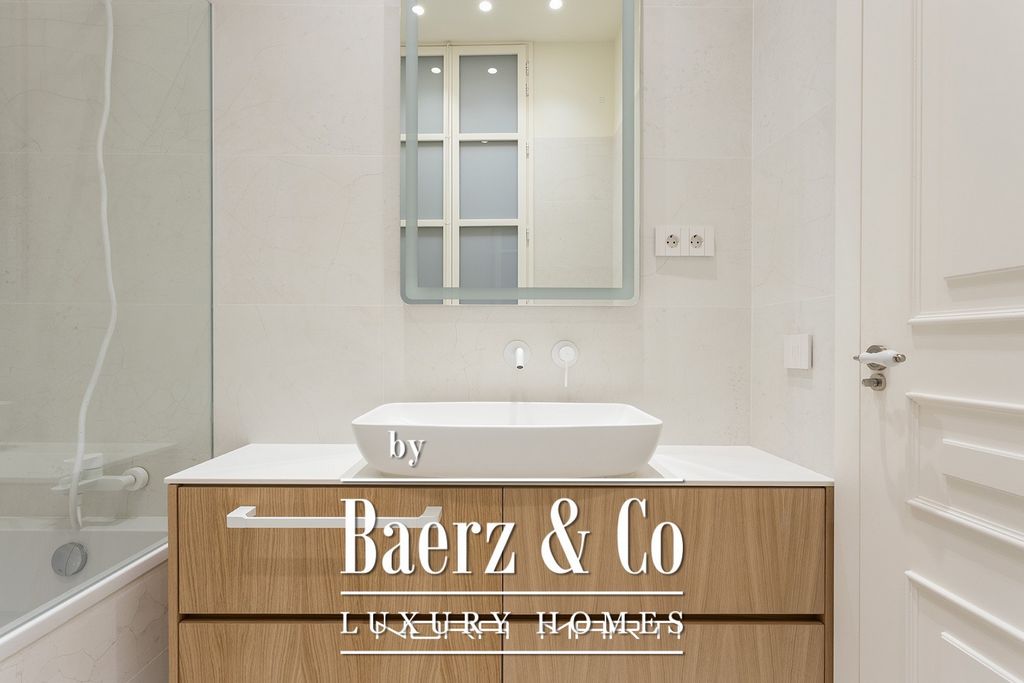
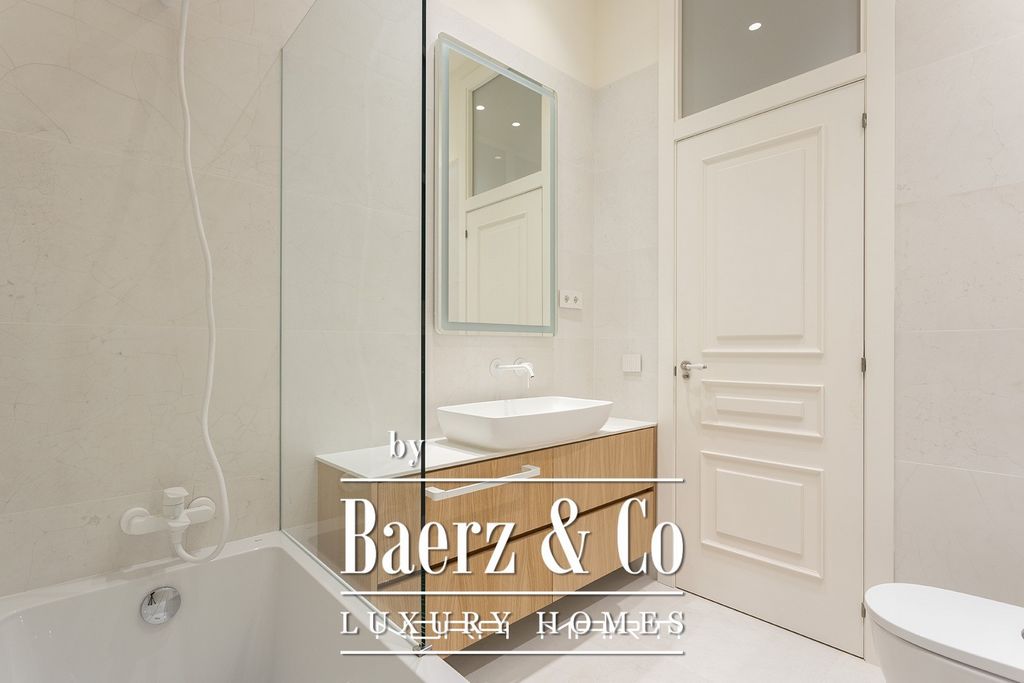

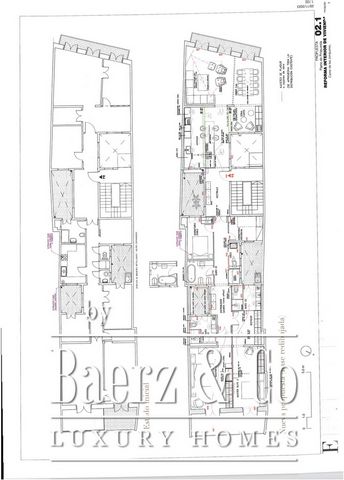
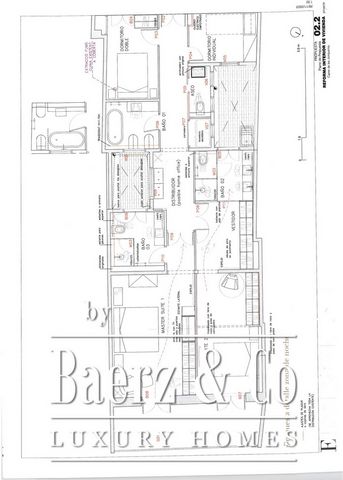
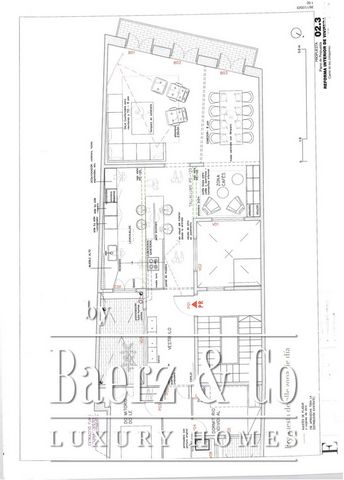
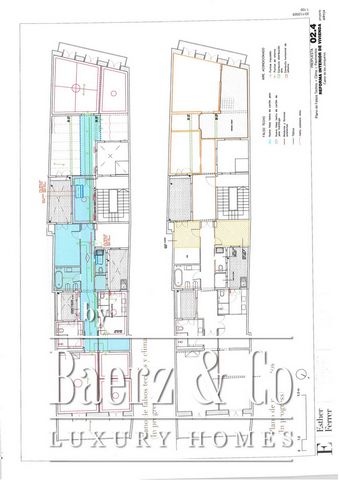
And in one of the most sought-after pedestrian streets in the area, 5 minutes from the prestigious shops of Passeig de Gràcia and the lively Rambla, due to its good transport links and its multiple service and restaurant options, we find this magnificent and unique apartment in the area. Completely renovated, brand new, with 218m², it has been conceived as a place to enjoy a high quality of life. In its surroundings we discover small shops, cafes, restaurants such as the iconic French restaurant Brasserie Flo. And terraces that are full of life and movement and that invite you to sit down and enjoy an aperitif in the sun.
We enter the house through the hall, from here, we enter the fantastic functional kitchen, with designer furniture with indirect lighting, under the furniture and modern style stratified to the ceiling. Fully equipped with high-end appliances. And it has an area to have a coffee. The kitchen leads us to the spacious living room distributed in several areas, the dining room and the fantastic living room, both with large windows and a pleasant exterior balcony, which allow the entry of natural light, making it a bright living space that is the heart of the house.
It also has a practical and functional laundry area that is fully equipped with a washing machine, dryer and a modern Aerothermal system. And a guest toilet.
The rest of the house is made up of two impressive suites that give access to a quiet and spacious terrace with sun and natural light, one of them with an original marble fireplace, and with a modern dressing room and a functional bathroom. It consists of a double bedroom and a single bedroom with access to small light wells and another full bathroom.
The property, together with the architects, has respected the original architecture during the renovation, preserving details such as paintings, Catalan vaulted ceilings over 3.5 metres high, Nolla mosaic floors, leaded glass and natural stone walls. In short, an excellent quality of life makes the area the perfect place for those who wish to establish their permanent residence in the city centre.Sant Pere and Santa Caterina are two neighbourhoods that still retain their medieval structure. Their narrow and intricate streets reflect an activity that has lasted since its beginnings: textile work, which has now been transformed into commerce. The names of Sant Pere, Santa Caterina and Sant Agustí are linked to important religious institutions in the area, although today only the church of Sant Pere de les Puel·les remains as a witness to that past.
To the south, closer to the sea, is the Ribera neighbourhood, which was known as Vilanova del Mar, and whose emblem is the Basilica of Santa Maria del Mar, the heart of the noble life of the city between the 13th and 14th centuries.
The origin of these neighbourhoods began when Barcelona needed to expand beyond its Roman walls. From the 11th century, around the monastery of Sant Pere de les Puel·les and Santa Maria del Mar, which feudally dominated the neighbouring lands, a new urban network began to develop. Originally, these neighbourhoods were suburbs of the eastern part of Roman Barcelona, which were united in a conglomeration that grew until it was limited by the walls. The new streets that emerged from the branches of the Roman city began to be populated, and the Rec Comtal, an important waterway that came from the Besòs river, became a magnet for the textile industry before the industrial revolution. At the southern end, the maritime tradition of the Ribera dates back to the 10th century, when there was already a settlement outside the city walls near the beach around a church called Santa María de les Arenes (today known as Santa María del Mar). During the boom in maritime trade in the 13th century, under the reign of James I, this inhabited centre was consolidated and many of the city's trades were concentrated there, as indicated by the names of its streets (Espaseria, Mirallers, Agullers, among others) and various basic services such as slaughterhouses, mills and dry cleaners. The prosperity of the neighbourhood continued until the decline of trade in the Mediterranean in the 16th century, a situation that was aggravated by the demolition of part of the neighbourhood to build the Citadel in 1714, by order of Philip V. However, the area re-emerged after the installation of the Born market in 1876. Показать больше Показать меньше In the heart of Barcelona. A stone's throw from the Palau de la Música. Located in a modernist building from 1890, with a lift, which fuses historic charm with contemporary comforts.
And in one of the most sought-after pedestrian streets in the area, 5 minutes from the prestigious shops of Passeig de Gràcia and the lively Rambla, due to its good transport links and its multiple service and restaurant options, we find this magnificent and unique apartment in the area. Completely renovated, brand new, with 218m², it has been conceived as a place to enjoy a high quality of life. In its surroundings we discover small shops, cafes, restaurants such as the iconic French restaurant Brasserie Flo. And terraces that are full of life and movement and that invite you to sit down and enjoy an aperitif in the sun.
We enter the house through the hall, from here, we enter the fantastic functional kitchen, with designer furniture with indirect lighting, under the furniture and modern style stratified to the ceiling. Fully equipped with high-end appliances. And it has an area to have a coffee. The kitchen leads us to the spacious living room distributed in several areas, the dining room and the fantastic living room, both with large windows and a pleasant exterior balcony, which allow the entry of natural light, making it a bright living space that is the heart of the house.
It also has a practical and functional laundry area that is fully equipped with a washing machine, dryer and a modern Aerothermal system. And a guest toilet.
The rest of the house is made up of two impressive suites that give access to a quiet and spacious terrace with sun and natural light, one of them with an original marble fireplace, and with a modern dressing room and a functional bathroom. It consists of a double bedroom and a single bedroom with access to small light wells and another full bathroom.
The property, together with the architects, has respected the original architecture during the renovation, preserving details such as paintings, Catalan vaulted ceilings over 3.5 metres high, Nolla mosaic floors, leaded glass and natural stone walls. In short, an excellent quality of life makes the area the perfect place for those who wish to establish their permanent residence in the city centre.Sant Pere and Santa Caterina are two neighbourhoods that still retain their medieval structure. Their narrow and intricate streets reflect an activity that has lasted since its beginnings: textile work, which has now been transformed into commerce. The names of Sant Pere, Santa Caterina and Sant Agustí are linked to important religious institutions in the area, although today only the church of Sant Pere de les Puel·les remains as a witness to that past.
To the south, closer to the sea, is the Ribera neighbourhood, which was known as Vilanova del Mar, and whose emblem is the Basilica of Santa Maria del Mar, the heart of the noble life of the city between the 13th and 14th centuries.
The origin of these neighbourhoods began when Barcelona needed to expand beyond its Roman walls. From the 11th century, around the monastery of Sant Pere de les Puel·les and Santa Maria del Mar, which feudally dominated the neighbouring lands, a new urban network began to develop. Originally, these neighbourhoods were suburbs of the eastern part of Roman Barcelona, which were united in a conglomeration that grew until it was limited by the walls. The new streets that emerged from the branches of the Roman city began to be populated, and the Rec Comtal, an important waterway that came from the Besòs river, became a magnet for the textile industry before the industrial revolution. At the southern end, the maritime tradition of the Ribera dates back to the 10th century, when there was already a settlement outside the city walls near the beach around a church called Santa María de les Arenes (today known as Santa María del Mar). During the boom in maritime trade in the 13th century, under the reign of James I, this inhabited centre was consolidated and many of the city's trades were concentrated there, as indicated by the names of its streets (Espaseria, Mirallers, Agullers, among others) and various basic services such as slaughterhouses, mills and dry cleaners. The prosperity of the neighbourhood continued until the decline of trade in the Mediterranean in the 16th century, a situation that was aggravated by the demolition of part of the neighbourhood to build the Citadel in 1714, by order of Philip V. However, the area re-emerged after the installation of the Born market in 1876.